1960s
Music Tape
Philips introduced the compact audio cassette in 1963. Philips originally intended to use the audio cassette for dictation machines; however, it became a popular method for distributing prerecorded music. In 1979, Sony’s Walkman helped transformed the use of the audio cassette tape, which became widely used and popular.

660 KB
1970
Floppy
IBM started its development of an inexpensive system geared towards loading microcode into the System/370 mainframes. As a result, the 8-inch floppy emerged. A floppy disk, a portable storage device made of magnetic film encased in plastic, made it easier and faster to store data.
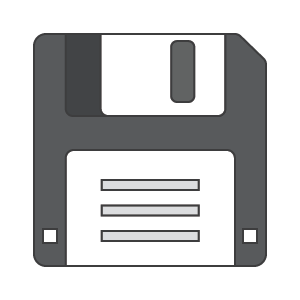
1.44 MB
1980s
CD
During the 1960s, James T. Russel thought of using light to record and replay music. As a result, he invented the optical digital television recording and playback television in 1970; however, nobody took to his invention. In 1975, Philips representatives visited Russel at his lab. They paid Russel millions for him to develop the compact disc (CD). In 1980, Russel completed the project and presented it to Sony.

737 MB
1990s
Mini Disc
The MiniDisc stored any kind of digital data; however, it was predominately used for audio. Sony introduced MiniDisc technology in 1991. In 1992, Philip’s introduced the Digital Compact Cassette System (DCC). MiniDisc was intended to replace the audio cassette tape before it eventually phased out in 1996.
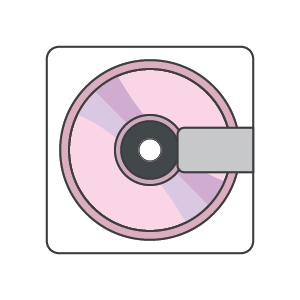
1 GB
1994
Compact Flash
CompactFlash (CF), also known as “flash drives,” used flash memory in an enclosed disc to save digital data. CF devices are used in digital cameras and computers to store digital information.
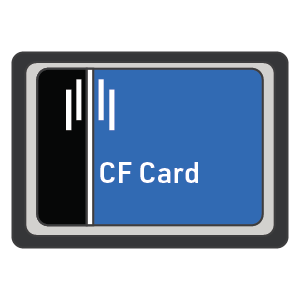
512 GB
1995
DVD
DVD became the next generation of digital disc storage. DVD, a bigger and faster alternative to the compact disc, serves to store multimedia data.
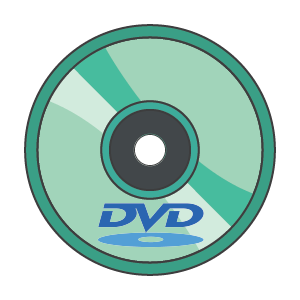
single = 4.7 GB
double-sided = 9.4 GB
1997
Multimedia Card
The Multimedia Card (MMC) uses a flash memory card standard to house digital data. It was introduced by Siemen’s and SanDisk in 1997.
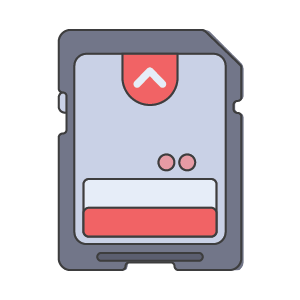
128 MB
256 MB
512 MB
1999
Micro Drive
A USB Flash Drive uses a NAND-type flash memory to store digital data. A USB Flash Drive plugs into the USP interface on standard computers.

1 TB
2000s
SD card
The Secure Digital (SD) flash memory format incorporates DRM encryption features that allow for faster file transfers. Standard SD cards measure 32 millimeters by 32 millimeters by 2.1 millimeters. A typical SD card stores digital media for a portable device.
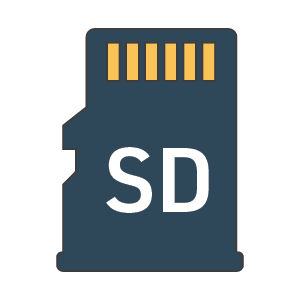
32 GB to 2 TB
Today
Cloud Data Storage
Improvements in internet bandwidth and the falling cost of storage capacity means it’s frequently more economical for business and individuals to outsource their data storage to the cloud, rather than buying, maintaining and replacing their own hardware. Cloud offers near-infinite scalability, and the anywhere/everywhere data access that users increasingly expect.

1 EB